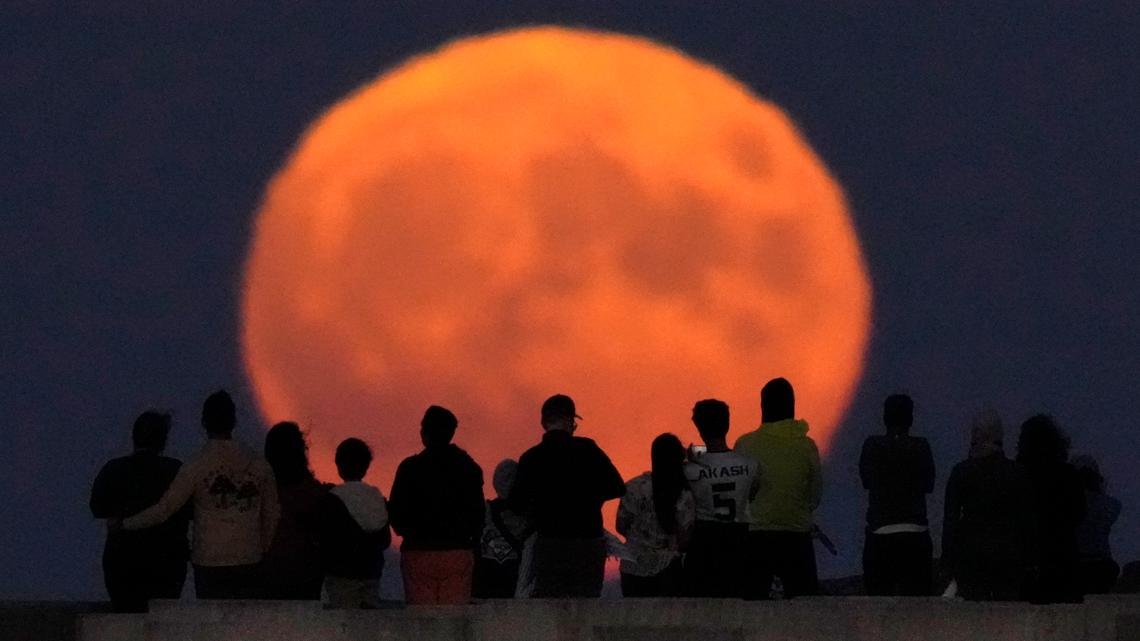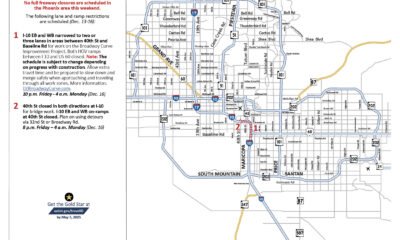cct-tracking
Don’t Miss the Upcoming Full Moon and Lunar Eclipse: Here’s Your Viewing Guide!

On Tuesday night, skywatchers are in for a treat as a unique trifecta of celestial phenomena unfolds. A full harvest moon, a supermoon, and a partial lunar eclipse will all occur simultaneously.
Set to shine brightly from September 17th into the early hours of September 18th, this harvest moon will appear larger and more luminous than usual. The event marks the moon’s closest full state to the autumnal equinox, which takes place on September 22 this year.
The partial lunar eclipse will commence at 8:41 p.m. EDT. Observers may notice subtle changes as the moon enters the Earth’s partial shadow. The changing visibility will become more pronounced around 10:13 p.m. EDT, when the moon’s edge begins to enter the full shadow. The peak of the eclipse, where 8% of the moon will be significantly obscured, occurs at 10:44 p.m. EDT, creating a distinct visual effect reminiscent of a bite missing from the moon’s surface. Following this, the moon will exit the full shadow by 11:16 p.m., before leaving the partial shadow at 12:47 a.m. EDT.
Historically, the harvest moon has been crucial for agricultural practices, providing bright illumination for farmers working late into the night during peak harvest season. The term has roots in a time before electrical lighting, emphasizing its significance in seasonal agricultural cycles.
A supermoon occurs when the moon’s orbit brings it within 90% of perigee, its closest point to Earth, resulting in a moon that appears approximately 17% larger and 30% brighter than a typical full moon. This year’s display includes four supermoons, with Tuesday’s event positioned nearly 3,000 miles closer to Earth compared to August’s “blue” supermoon. The upcoming October supermoon will reach its closest point of just 222,055 miles (357,364 kilometers) away from Earth, followed closely by November’s at 224,853 miles (361,867 kilometers).


















